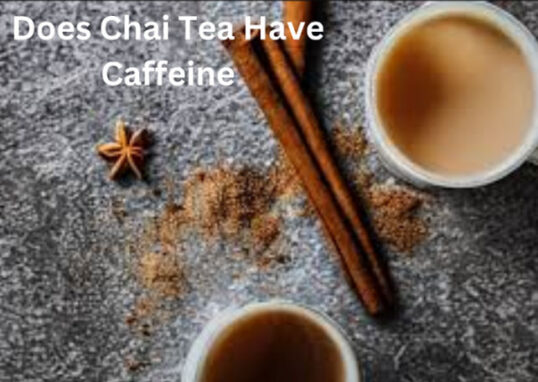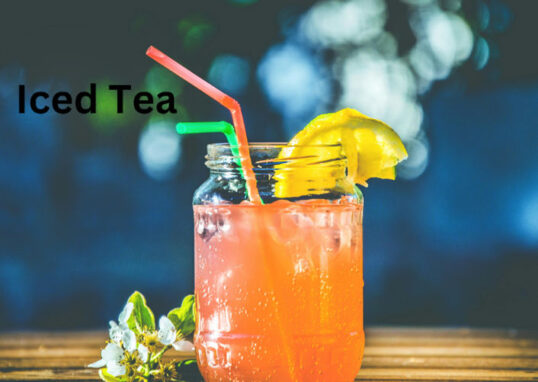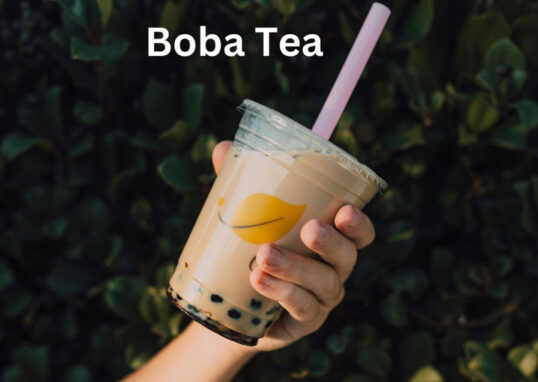
What is French Roast Coffee?
For people who want strong flavors, French Roast is a dark, rich, and full-bodied coffee flavor. French roasts have a stronger, more smokey flavor than lighter roasts. We explore French roast coffee in more detail in this post. What is it, where did the name start, and how does it compare with regular roast coffee? Whether you’re an expert coffee drinker or a curious beginner, this book has all the information you need to know about French roast coffee.
1. What is Special About French Roast Coffee?
Flavor Profile: Rich and strong flavor is a well-known characteristic of French roast coffee. French Roast coffee is longer roasted than lighter roasts, which keeps most of the coffee bean’s built-in flavor. This gives the coffee a rich, smokey flavor. Because the natural sugars within the bean are broken down by the roasting process, the bean caramelizes and takes on a slightly sweet flavor. Many people describe the flavor as strong and slightly bitter, which makes it popular among those who like their coffee.
Aroma: The amount of acidity that a French roast has over a milder roast is one of its biggest characteristics. The low French roast coffee content makes it much kinder to the palate. The robust flavors can emerge without the harshness that is typical of many lighter roasts since the acidity has been greatly decreased.
Acidity: The amount of acidity that a French roast has over a milder roast is one of its biggest characteristics. The low French roast coffee content makes it much kinder to the palate. The robust flavors can emerge without the harshness that is typical of many lighter roasts since the acidity has been greatly decreased.
Versatility: In terms of serving techniques, French roast coffee is also rather adaptable. It makes a fantastic foundation for a range of coffee beverages, including lattes, cappuccinos, and macchiatos. With the addition of milk, cream, or sweets, its strong flavors can stand their own without sacrificing their wonderful essence.
2. What is the Definition of a French Roast?
Coffee beans that have been roasted so much that they nearly turn black are referred to as French roasts. As a result, they are exposed to high temperatures, between 240°C and 250°C (464°F and 482°F), which enable them to detect the “second crack” caused by the carbon dioxide gas emitted by the coffee beans when they fracture a second time. The second break indicates that the beans have grown to the point at which they begin to collapse, giving the French roast its dark, greasy surface.
Roasting Process:
Roasting Level:
Traditional Roast: Usually consists of a medium roast, meaning the beans are roasted just past the initial crack. The original coffee bean’s flavors are retained, resulting in a well-balanced taste that brings out its inherent qualities.
French Roast: French roast coffee is roasted darker than the second crack. The roasting method is given more weight in French roasting than the natural flavors of the bean. This produces a flavor that is strong, bold and has strong smoky overtones.
Flavor Profile:
Classic Roast: The flavor profile of a classic roast will be more nuanced. Depending on where the beans came from, these could have notes of citrus, nuts, or chocolate. It is a full-bodied, round coffee with a very nice acidity.
French Roast: The rich, roasted flavor of French Roast coffee is considerably more defined. Bold, smokey roast qualities take the place of much of the origin’s intricacy in the bean.
Acidity and Body:
Classic Roast: A classic roast usually has a medium acidity level that gives the flavor brightness and energy. It has a medium body that is smooth and simple to sip.
The Roasted French: The taste of French roast coffee is rich, smooth, and less acidic. The French roast’s solid structure gives it an even heavier mouthfeel and a nearly creamy texture.
Versatility:
First Crack: The term describes the first cracking that occurs as coffee beans expand and release steam during roasting. Lighter roasts would often look like this.
Second Crack: The beans will experience a second crack later in the roast when the structure is truly beginning to collapse. This is crucial for the French roast level since it brings out the robust, smokey flavors that are sought after in that roast.
Color and Appearance: French roast coffee beans have an oily sheen and are dark brown to nearly black. The beans appear oily because the longer roasting time pulls the oils from within the bean to the surface.
Taste Characteristics: The flavor of French roast coffee is intensely bitter and smokey. The longer roasting period brings out the aromas of the caramelized sugars and burns out the inherent qualities of the beans, such as fruitiness or floral overtones. The end product is a dark, rich coffee with a hint of bitterness and the potential for a smooth, pleasant finish.
3. Why Do They Call It French Roast?
The 19th-century French roasting tradition is where the term “French Roast” originated. In terms of coffee, the French have always favored a darker roast that is considered more sophisticated and urbane than lighter roasts seen in other parts of Europe. This specific roasting degree, which had a rich, black, and smoky flavor, came to be known as a “French Roast” throughout time.
Historical Context:
France in the 19th century: As the demand for coffee rose throughout Europe, many nations began to establish their roasting techniques. Darker roasts were always in demand in France, thus this is essentially the modern version of the French roast.
Cultural influence: Because the French prefer their coffee significantly stronger and darker than other coffee-drinking countries, the term “French roast” is widely used to refer to this type of roasting.
Global Being adopted: French roast coffee is consumed all over the world these days, and the name has come to represent a strong, black coffee. As a roasting technique rather than a geographical location, French Roast beans can be farmed throughout Africa, Asia, Central and South America, and even Europe.
4. What is the Difference Between Classic Roast and French Roast Coffee?
While both classic roast and French roast coffee are popular choices, they differ significantly in flavor, roasting process, and overall experience. Understanding these differences can help you choose the right coffee for your taste preferences.
| Feature | Classic Roast | French Roast |
| Roasting Level | Medium | Dark |
| Flavor Profile | Balanced, with notes of fruit or nuts | Bold, smoky, with a bittersweet aftertaste |
| Aroma | Mild, with subtle hints of the coffee’s origin | Strong, rich, and smoky |
| Body | Medium | Full-bodied, heavy |
| Acidity | Medium to high | Low |
| Appearance | Light to medium brown, no oily surface | Dark brown to black, with an oily sheen |
| Ideal for | Those who enjoy a balanced, mild coffee | Those who prefer a strong, intense coffee |
| Versatility | Versatile, works well with various brewing methods | Ideal for espresso, lattes, and other strong coffee drinks |
Classic Roast: This roast is adaptable and goes well with pour-over, drip coffee, and French press brewing techniques. For anyone who enjoys a well-balanced cup of coffee, this is a fantastic option.
·French Roast: For individuals who prefer strong coffee beverages, French roast coffee is perfect. It is frequently used in espresso and retains its strong flavor even when added to milk or cream.
Conclusion
French roast coffee is a distinctive and flavorful choice for those who appreciate a bold, intense coffee experience. Its dark, smoky flavor, low acidity, and full body make it a favorite among coffee lovers who prefer a strong cup. Understanding the characteristics of French roast coffee, from its roasting process to its flavor profile, can help you appreciate this unique roast even more. Whether you’re a seasoned coffee drinker or new to the world of dark roasts, French roast coffee offers a rich and satisfying experience that’s hard to beat.






